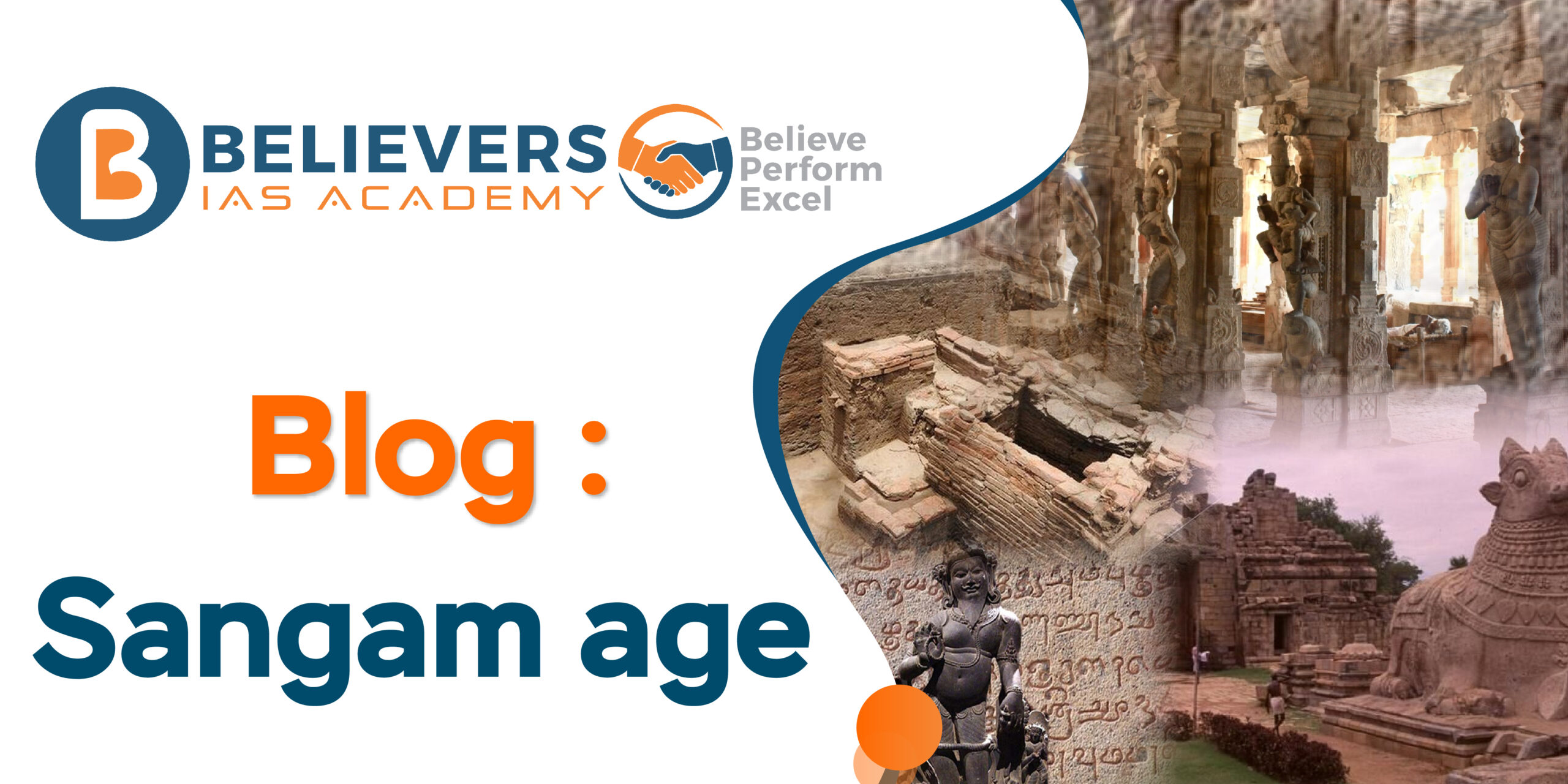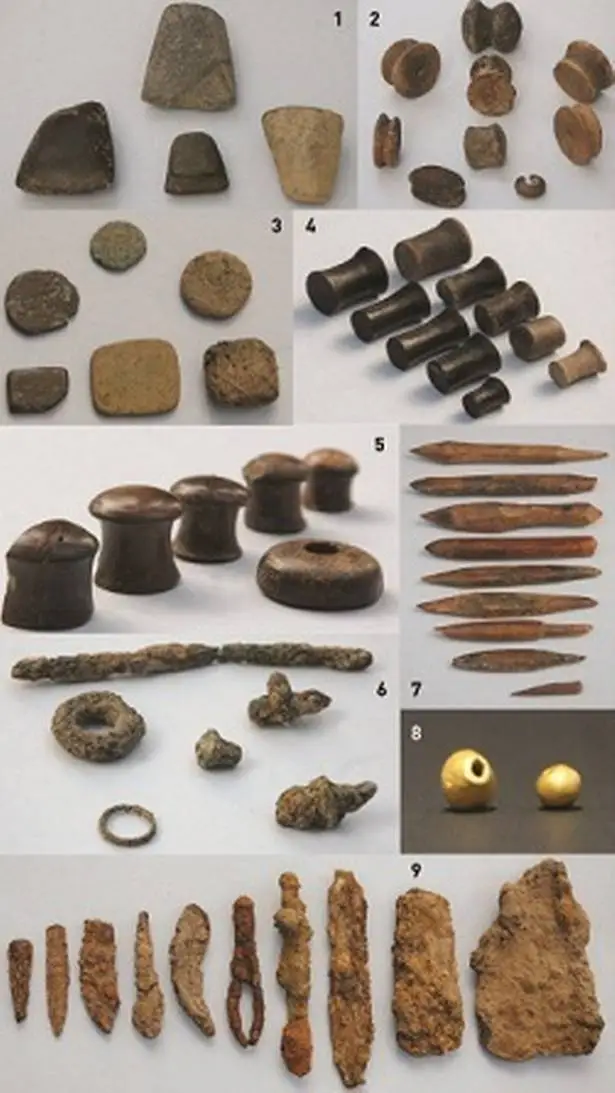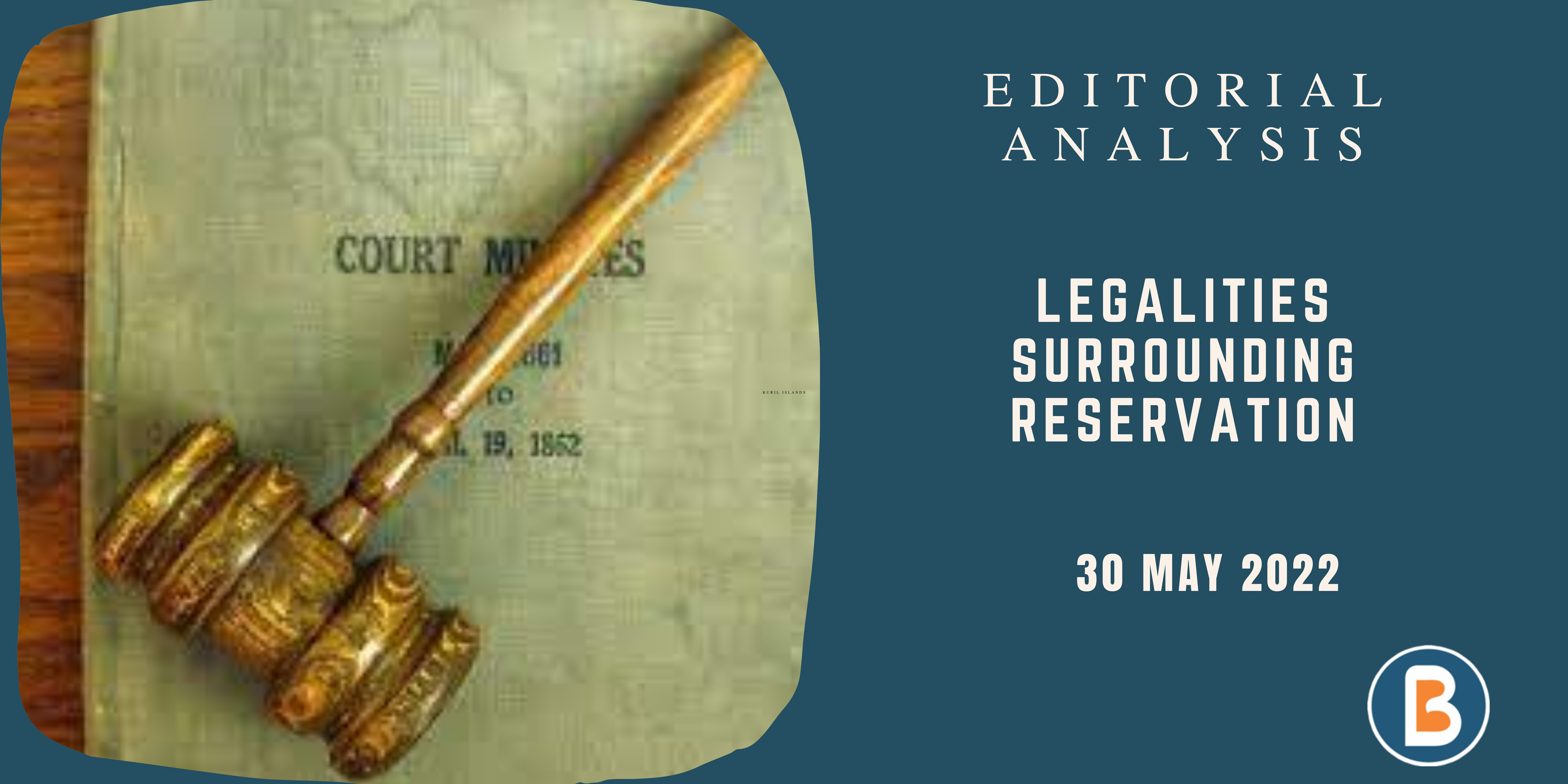Blog: Sangam Age
In ancient Tamil Nadu, India, there was a major literary and cultural blossoming during the Sangam epoch. The three Sangam academies that were held during this time are commemorated in the name of this period, which is typically dated from the third century BC to the third century AD. Poets, academics, and musicians gathered in the Sangam academies to discuss and debate the arts and sciences. The Pandya rulers, who were brilliant learners themselves, patronised them.
A substantial collection of literature, including poems, epics, songs, and works on grammar, prosody, and philosophy, was created throughout the Sangam era. This literature offers a thorough portrait of ancient Tamil Nadu’s way of life, including its social mores, religious convictions, and political past.
In Tamil culture, the Sangam age is regarded as a magnificent period. The literature of this country has had a significant impact on the growth of the Tamil language and culture, and it is still studied and loved today.
What were the sources of that period?
Three Sangams (Academies of Tamil poets) are said to have taken place in the historic region of South India known as Muchchangam, according to Tamil folklore.
- Gods and legendary sages are said to have attended Madurai’s First Sangam. There is no published literary work by Sangam. Whatever we know of this period is from mouth-to-mouth knowledge spread by our ancestors. They were folksongs recalling the events that happened during that time.
- The solitary remnant of the Second Sangam, which took place at Kapadapuram, is Tolkappiyam. Tolkappiyam, written by Tolkappiyar, is regarded as the first piece of Tamil literature. Although it is a study of the Tamil language, it also offers insights into the socio-political environment of the day.
- Also hosted in Madurai was the Third Sangam. These Tamil literary works, some of which have survived, can be used as sources to piece together the history of the Sangam era.
- Aingurunooru, Narrinai, Aganaooru, Purananooru, Kuruntogai, Kalittogai, Paripadal, and Padirruppatu are the eight works that make up Ettutogai (Eight Anthologies).
- Thirumurugarruppadai, Porunarruppadai, Sirupanarruppadai, Perumpanarruppadai, Mullaippattu, Nedunalvadai, Maduraikkanji, Kurinjippatttu, Pattinappalai, and Malaipadukadam are the 10 works that make up The Pattuppattu (10 Idylls).
- There are eighteen works on ethics and morals in Pathinenkilkanakku. The most significant of these writings is Tirukkural, which was written by Tamil great poet and philosopher Thiruvalluvar.
- Elango Adigal and Sittalai Sattanar are the authors of the two epics Silappathikaram and Manimegalai, respectively. They also offer important information on Sangam society and politics.
Who were the famous ruling class of the period?
- Cheras:
-
-
- Controlled a sizable portion of contemporary Kerala.
- Vanji was the capital.
- The bow and arrow served as the emblem.
- They are well-known for their maritime trade and military might.
- The most well-known Chera monarch was Senguttuvan, who established the Pattini religion and overthrew the kingdoms of northern India.
- During the Sangam era, the Cheras were among the most prominent dynasties in southern India. Their marine trade was well-known and reached as far as the Roman Empire. A capable fighting people, the Cheras frequently engaged in conflict with the Cholas and Pandyas for control of the area.
- The Cheras were significant supporters of the humanities. The Chera period saw the composition of Sangam poetry, some of the earliest pieces of surviving Tamil literature.
-
- Cholas:
-
-
- Large portions of contemporary Tamil Nadu and Karaikal were under Chola rule.
- Uraiyur served as the capital before Puhar (also known as Poompuhar) took over.
- The tiger was the emblem.
- renowned for their military prowess and support of the arts and the built environment.
- Karikala Chola is the most well-known Chola ruler, having vanquished the Cheras, Pandyas, and 11 other minor chieftains. Along with building irrigation tanks, he supported trade and business.
- The ninth century CE saw the rise of the Cholas. They soon rose to prominence as one of the strongest kingdoms in southern India and finally overthrew the Cheras and Pandyas. The Cholas were renowned for their enormous trading networks, military strength, and encouragement of the arts and architecture.
- The Chola period was a golden age of Tamil culture. The Cholas built many magnificent temples, including the Brihadeeswarar Temple in Thanjavur. They also promoted the arts and literature, and they commissioned many works of poetry, music, and dance.
-
- Pandyas:
-
- ruled over Tamil Nadu’s southernmost region.
- Madurai was the capital.
- Carp was the emblem.
- They are well-known for their seafaring trade and support of the arts and literature.
- The most well-known Pandya ruler was Neduncheliyan, who overthrew the Chera and Chola dynasties. He supported the arts and literature as well, and the period after his rule is regarded as the height of Tamil culture.
- The third and final Tamil dynasty to achieve prominence was the Pandyas. When they ruled over a large portion of southern India, they were at their strongest in the 13th century CE. The maritime trade, literary and artistic patronage, and military prowess of the Pandyas earned them a reputation for excellence.
What was the economy of that period like?
- Agriculture: With paddy as the main crop, agriculture was the most significant sector of the economy. Other significant crops included sugarcane, pepper, millet, and grains. Terracing, crop rotation, and fertiliser use were among the agricultural use practices, and the state had a significant role in irrigation.
- Textile industry: The manufacture of cotton and silk fabrics was well-developed, with Madurai and Urayur serving as significant hubs. Because of the high calibre of the fabrics made in Tamilakam, they were exported to other regions of India and the rest of the world.
- Pearl Fishery: Another significant sector was the pearl fishery, with Korkai serving as the hub of the pearl trade. Tamilakam produced highly sought-after pearls that were shipped throughout India and the rest of the world.
- International trade: There was a fair amount of trade with Rome that peaked after a direct shipping route between Tamilakam and Egypt was uncovered. The principal imports from Tamilakam were luxury items like glass, coral, wine, and topaz, while exports from Tamilakam included pepper, pearls, ivory, textiles, and gold jewellery. A significant amount of Roman money that was convertible globally came from foreign trade.
- Infrastructure: The state was crucial in the construction and upkeep of infrastructure including roads and ports. This promoted the growth of the region’s arts and culture while also facilitating trade and business in the area.
- Unfair wealth allocation led to the emergence of separate economic strata among the populace. The governing class, businessmen, and landowners made constituted the upper class. Craftsmen, tradesmen, and artisans made up the middle class. Slaves, labourers, and farmers made up the lower class.






